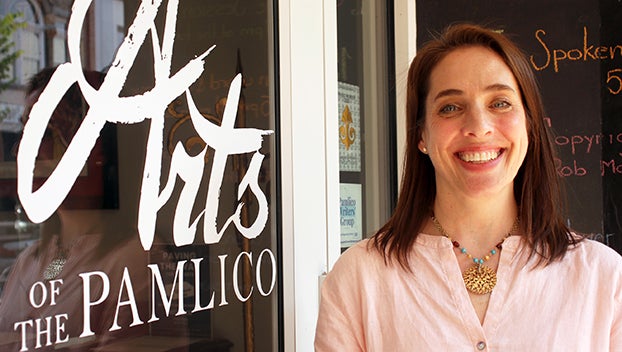BCS offenses reported
Published 8:07 pm Wednesday, February 15, 2012
Local schools rank high in ‘reportable acts’
Beaufort County Schools ranked among the North Carolina public-school systems with the highest rates of school crime during the 2010-2011 school year, according to a recent report from the N.C. Department of Public Instruction.
The report shows Beaufort County had one of “the highest rates of grade 9-13 reportable acts” among the state’s public schools. Other school systems in this category were those in Hyde County, to the immediate east, and Buncombe County in the mountains.
The department defines “reportable acts” as offenses that should be reported to school administrators and law-enforcement officials by school personnel.
According to DPI, possible reportable acts could include assault resulting in serious injury, assault involving a weapon, bomb threats, burning a school building, possession of a firearm, sexual assault or possession of controlled substances.
DPI’s report shows Beaufort County had 51 reportable acts, or 27.06 acts per 1,000 students, in 2010-2011.
Don Phipps, superintendent of Beaufort County Schools, attributes the numbers partly to occasional drug sweeps that he requested of local law-enforcement agencies.
“If you look at the category of reportable offenses, we don’t have any in the danger area, which is certainly a good thing,” Phipps said in an interview, pointing to an apparent lack of violent crime in local schools.
He also pointed to a series of bomb threats at Southside High School as a partial cause for the numbers. The bomb threats turned out to be hoaxes.
“Those bomb threats are reportable acts, and they show up on the report as well,” Phipps said.
“Reportable acts of crime and violence are required to be reported to the State Board of Education and law enforcement, following the 1993 Safe Schools Act passed by the General Assembly,” reads a news release from BCS. “Beaufort County posted an increase of nine reportable acts from 2009-2010 to 2010-2011. Phipps explains this does not necessarily note a spike in crime, but a better attention to detail in proper reporting of incidences.”
“In the past year, we, as a school system, sought clarity of some regulations regarding reporting. I am now confident incidences are being properly recorded and reported to officials as stated in the legislation. This does not mean our incidences are on the rise,” Phipps said in the release.
BCS officials have forged partnerships with law-enforcement officials to conduct drills in lockdown procedures and carry out drug sweeps with drug-sniffing dogs, Phipps said in the interview.
Statewide, there were 11,657 reports of school crime and violence in 2010-2011, according to the DPI report. The most frequently reported offense was possession of a controlled substance, which was reported 4,934 times in the state’s public schools in the past school year, the report reads.
“Reportable acts were most frequently committed by students who were 9th graders and male,” the document shows. “Among ethnic groups in high school, Pacific Islanders had the highest crime rate, followed by black students, and American Indian students.”
Overall, incidents of school crime and violence by high school students “increased 0.4 (percent) from 2009-10 to 2010-11,” the report reads, “however the rate of acts reported (per 1,000 students) decreased 0.3 (percent).”
Beaufort County Schools also had one of the highest rates of short-term suspensions in the state, according to the DPI report.
BCS recorded 1,356 short-term suspensions, or 71.94 suspensions per 100 students, in 2010-2011.
That’s an increase of 229 suspensions over the previous school year, BCS said.
“In part, this rise in numbers can be attributed to a small number of students facing long-term suspensions,” according to the BCS news release.
“If we have reportable acts like that we’re expected to have logical consequences which follow and that yields suspensions many times,” Phipps said. “I think as reportable acts go down our suspension rate would go down as well.”
The school system’s principals enforce the student Code of Conduct and try to help students avoid suspensions, but have little choice when criminal offenses are involved, Phipps pointed out.
“We have more of that (suspensions) than we want and part of that is stuff we’ve been able to find with those drug sweeps,” he said, adding, “It’s higher than I want it to be, but I think in some ways it’s a reflection of the work that we’re doing, too.”
For more on the DPI report, see a future edition of the Daily News.





